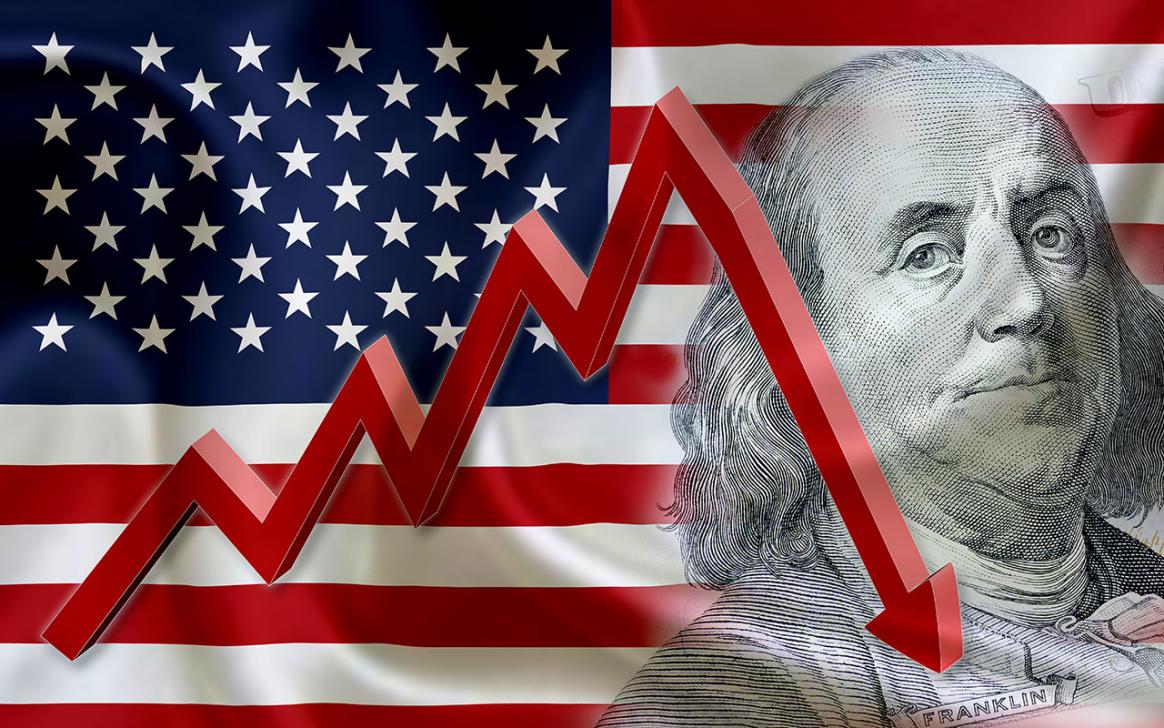
The National Bureau of Economic Research says there are three characteristics that define a recession: economic activity must decline sharply, be widespread, and last for more than a few months. More specifically: A recession is essentially an economic contraction. That is, it indicates that the economy is actively shrinking. It is not an analysis of the actual health of the economy, but an analysis of where the economy is headed. If the economy is getting worse, then it is in a recession.
According to data released by the U.S. Bureau of Labor Statistics, the U-3 unemployment rate in June 2024 rose by 4.1%, one-tenth of a percentage point higher than the forecast. The U-3 unemployment rate measures the percentage of the civilian labor force that is unemployed, actively looking for work, and able to work, excluding discouraged workers and underemployed workers.
First, this rise triggered the real-time recession indicator Sam's rule, indicating that the U.S. economy is in or close to a recession. The Sam's rule was developed by former Federal Reserve economist Claudia Sam and is designed to judge the beginning of a recession by changes in the overall unemployment rate. According to the rule, if the three-month moving average of the national unemployment rate rises by 0.50 percentage points or more relative to the low point of the previous 12 months, it indicates that the economy is in recession. The U-3 unemployment rate in June 2024 is 4.1%, with an average of 4.0% over the past three months and a 12-month low of 3.5% in July 2023, which already meets this criterion.Sam's rule is better at predicting recessions than some other commonly used methods. Applying Sam's rule to past recessions yields few false positives. The rule was not originally designed to predict recessions. Rather, it was intended to predict recessions before they start so that policymakers can respond accordingly or serve as a trigger for automatic stabilizers to kick in.
Second, the survey predicts that the U-3 unemployment rate will stabilize at 4.0% in June, the same as in May 2024. What may seem like a small increase of 0.1% has a significant impact on the overall economy. One possible confounding effect of the signal is the growth of the labor force: if the labor force grows rapidly and the economy does not create enough jobs to match that growth, then the unemployment rate may rise, and the Sam rule may be triggered even if overall employment is increasing. The increase in initial jobless claims in the past few weeks, as well as nine consecutive increases in claims, support the June 2024 Sam rule.
After the data was released, stock index futures were flat, while all maturities of U.S. Treasury bonds rose. In recent months, Fed Chairman Jerome Powell has said that "unexpected weakness" could prompt the Fed to begin adopting an accommodative policy stance without more data on the pace of deflation. Historically, rising unemployment and the start of a recession have led to policy adjustments aimed at stimulating economic growth and reducing unemployment, and it is widely expected that the interest rate hikes aimed at easing inflation, which began in 2022, will be reversed. While more data is needed to confirm the indications of the Sam rule, the impact of accelerating price increases, interest rates reaching their highest level since 2007, and business policies to curb the epidemic may have caught up with American producers and consumers.
Overall, it is difficult to draw a clear answer because current economic indicators often contradict each other and diverge from historical recession trends. Although the recent performance of the US economy does meet the widely used two-quarter rule, that is, two consecutive quarters of GDP contraction may indicate a recession,it is far from clear whether the economy is actually contracting, especially given the current very strong labor market, so no specific conclusion can be drawn at this time.

Driven by the Trump administration's push to relax financial regulations and the recovery of investment banking business, the market value of the six major banks in the United States has cumulatively increased by approximately 600 billion US dollars by 2025.
Driven by the Trump administration's push to relax financia…
On Christmas evening, U.S. President Trump posted on social…
According to multiple foreign media reports, the recent fin…
The middle class, once regarded as the cornerstone of Ameri…
On December 19th local time, the US military launched a lar…
The Boxing Day sunshine should have cast a false glow of pr…